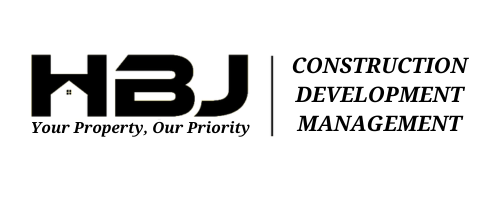EIA
Our Economic Impact Analysis Report measures by estimating the economic activity down the supply chain. This includes wages from jobs involved in production, wages from jobs created to support employees, revenues earned, and tax revenues resulting from these activities.
-
An economic impact analysis assesses how new investments lead to job creation, employee earnings, and economic output. It demonstrates how initial spending or job creation ripples through the economy, creating indirect impacts through supply chain activity and induced impacts through new employee spending. When combined, these direct, indirect, and induced impacts represent the total economic impact, showcasing the overall benefit of a project or industry.
-
Economic impact analysis helps communicate the benefits of a project, asset, or industry. It is used to make the case for projects to move forward, obtain funding, and for general marketing.
For instance, in Sarasota County, FL, if a developer plans to invest $25 million in building a new shopping complex employing 50 people, an economic impact analysis can calculate the benefits to the county.
The construction would generate 74 jobs, nearly $5.5 million in worker earnings, and nearly $28.8 million in sales during the construction period.
-
Real estate developers use economic impact analyses to demonstrate project benefits during municipal approval processes. Economic development organizations evaluate projects and assess whether the benefits justify financial assistance. Sponsors of tax credit programs may conduct economic impact analyses to meet statutory requirements and reevaluate program terms. Recreation asset operators leverage analyses for grant applications and to promote asset benefits. Industry groups use analyses to quantify industry benefits for advocacy and cluster development.


